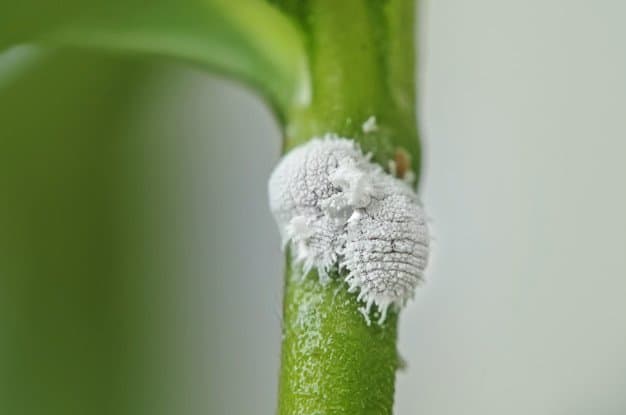Houseplants are a delightful addition to any indoor space, providing beauty, purifying the air, and promoting a calming ambiance. However, they can fall victim to pests such as mealybugs. These small, sap-sucking insects are a common menace that can wreak havoc on your beloved green companions. In this article, we will explore the world of mealybugs, their impact on houseplants, and most importantly, effective treatment methods to reclaim the health and vitality of your indoor garden.
Table of Contents
Understanding Mealybugs
Mealybugs are soft-bodied, slow-moving insects that belong to the family Pseudococcidae. They are typically oval-shaped, measuring around 2-4 millimeters in length. The most noticeable characteristic of mealybugs is the presence of a white, powdery wax-like substance covering their bodies, resembling cotton or meal. This protective waxy coating serves as a defense mechanism against predators and environmental factors.
These pests thrive in warm and humid conditions, making houseplants an ideal breeding ground. Mealybugs primarily feed on the sap of plants by piercing the tissues with their piercing-sucking mouthparts. This feeding activity weakens the plants, stunts their growth, causes yellowing and curling of leaves, and even leads to plant death in severe infestations. Mealybugs also excrete a sticky substance known as honeydew, which encourages the growth of sooty mold and attracts ants.
Identifying Mealybug Infestations
Detecting a mealybug infestation early on is crucial for effective treatment. Look out for the following signs:
- White cottony masses: Look for clusters of white, cotton-like structures on stems, leaves, and leaf axils.
- Leaf damage: Yellowing, wilting, or distorted leaves may indicate mealybug feeding.
- Honeydew and sooty mold: Sticky residue on leaves and the presence of black fungal growth (sooty mold) are indicative of mealybug activity.
- Ant trails: Ants are often attracted to mealybugs due to their honeydew excretion, so observing ant activity around plants may suggest an infestation.
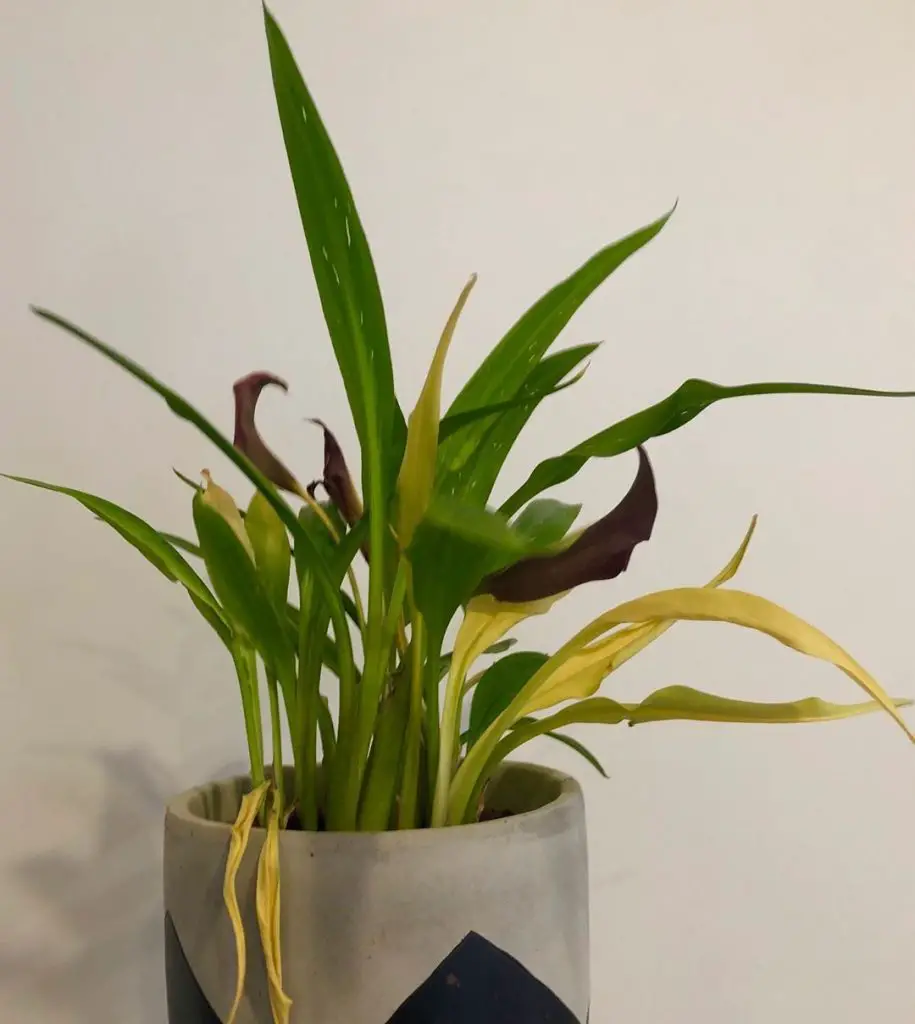
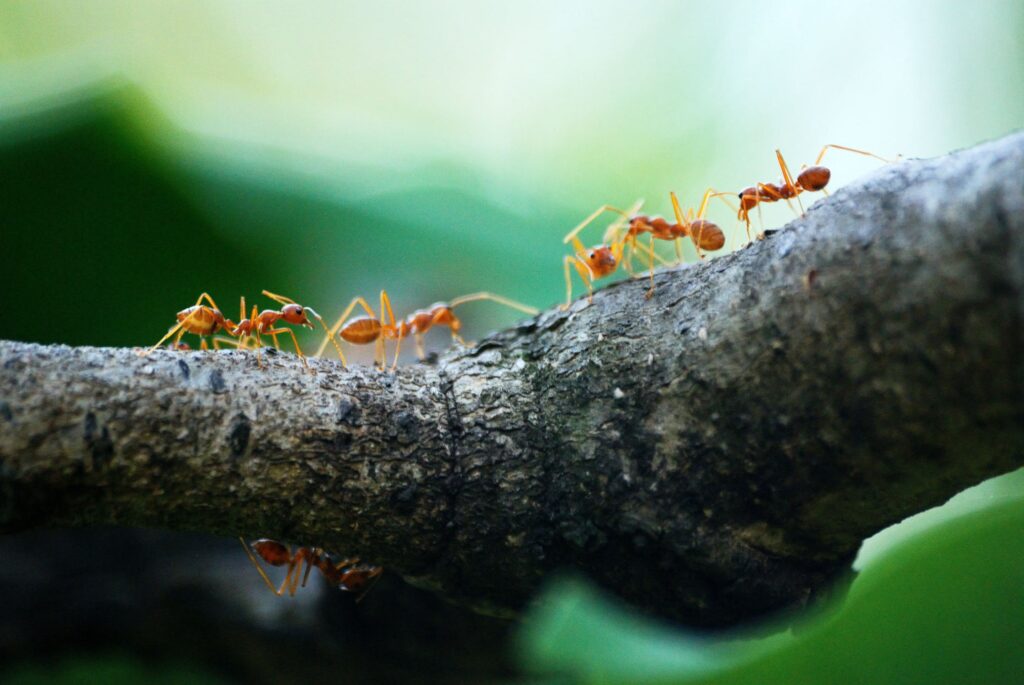
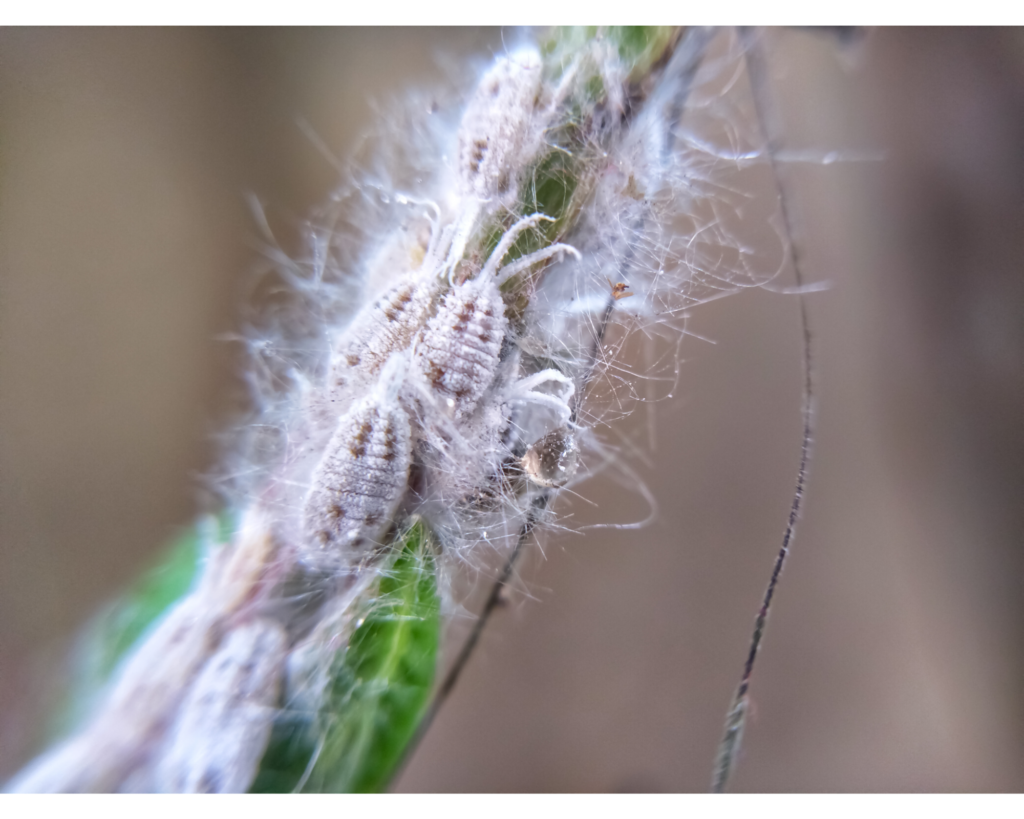
Treating Mealybug Infestations
When it concerns mealybugs on houseplants, a multi-step approach is the recommended option for optimal results. Let’s delve into the most effective treatment strategies:
Isolation and inspection
Immediately isolate infested plants to prevent the spread of mealybugs to healthy ones. Inspect the plant to determine the extent of the infestation, paying close attention to hidden areas such as leaf axils, undersides of leaves, and crevices.
Manual removal
For minor infestations, manually remove mealybugs using a cotton swab dipped in rubbing alcohol or a solution of water and dish soap (1 teaspoon per liter). Carefully wipe the insects off the plant, ensuring you reach all affected areas. Dispose of the mealybugs to prevent reinfestation.
Pruning and disposal
For heavily infested plants or severely damaged parts, pruning may be necessary. Remove heavily infested leaves, stems, or branches, and seal them in a plastic bag for disposal. Ensure proper sanitation by cleaning pruning tools with rubbing alcohol between each cut to avoid spreading the infestation.
Biological controls
Beneficial insects such as ladybugs, lacewings, and predatory mites can be introduced to control mealybugs naturally. These insects feed on mealybugs and can significantly reduce their population. Alternatively, you can purchase commercially available biological control agents specifically targeting mealybugs, such as Cryptolaemus montrouzieri (mealybug destroyer) or Leptomastix dactylopii (parasitic wasp), which can be released onto the affected plants.
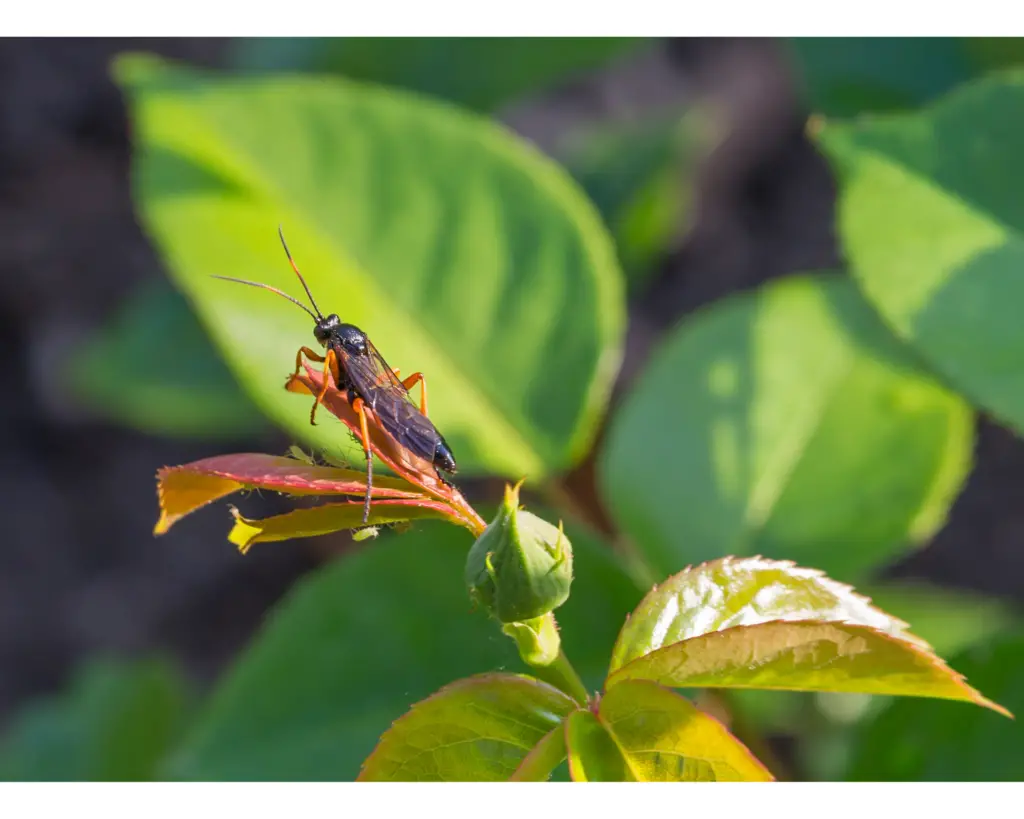
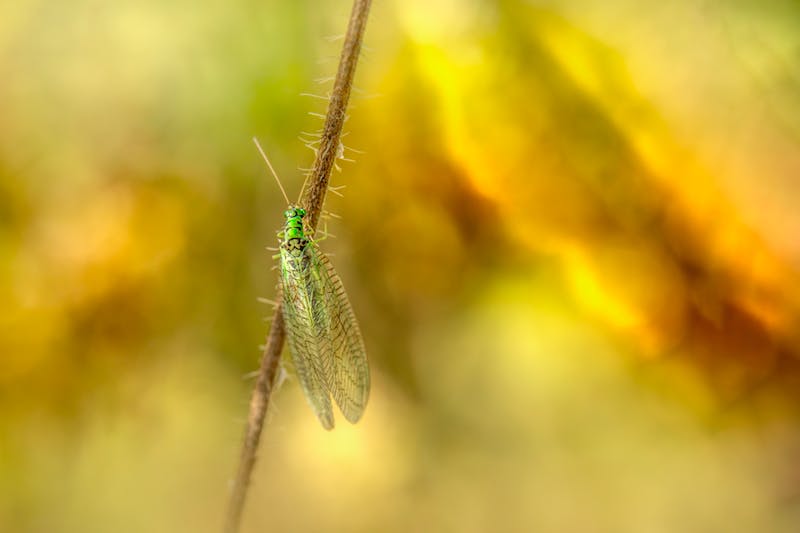
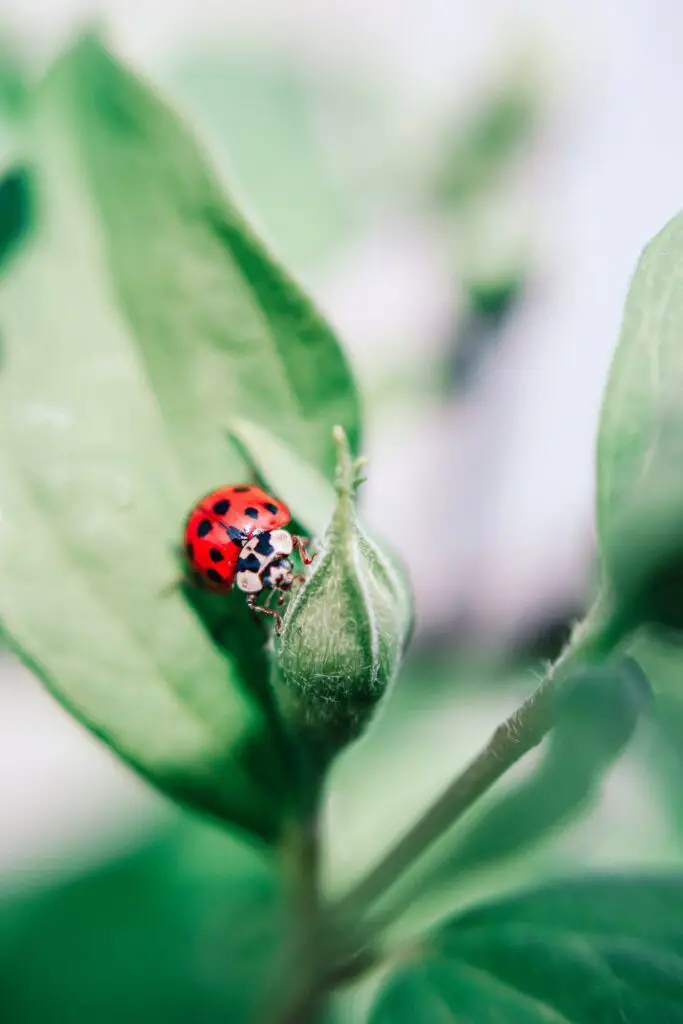
Natural remedies
Several organic remedies can be used to repel or eliminate mealybugs. These include neem oil, insecticidal soaps, or horticultural oils. Dilute the chosen solution according to the manufacturer’s instructions and spray it onto the affected areas of the plant, ensuring thorough coverage. Repeat the treatment every 7-10 days until the infestation is under control.
Systemic insecticides
In severe infestations that are resistant to other treatment methods, systemic insecticides can be considered. These insecticides are absorbed by the plant and transported throughout its tissues, effectively eliminating mealybugs. However, it is essential to follow the instructions carefully and avoid using systemic insecticides on edible plants or plants that may come into contact with children or pets.
Cultural practices
Enhancing the overall health and resilience of your houseplants can help prevent mealybug infestations. Ensure proper watering practices by allowing the soil to dry slightly between watering sessions, as mealybugs are attracted to moisture. Regularly inspect your plants for any signs of pests or diseases, and promptly address any issues. Additionally, consider increasing airflow around your plants by providing adequate spacing and avoiding overcrowding.
Quarantine new plants
Before introducing new plants to your indoor garden, quarantine them for a few weeks in a separate area. This allows you to closely monitor the plants for any signs of mealybugs or other pests. Treating and eradicating an infestation in a single plant is much easier than dealing with an outbreak that affects multiple plants.
Conclusion
Mealybug infestations on houseplants can be a challenging and frustrating issue to tackle. However, with the right treatment strategies and timely intervention, you can effectively control and eliminate these pests. Remember to combine multiple approaches, such as manual removal, natural remedies, and biological controls, for a comprehensive and sustainable solution. By being vigilant, proactive, and implementing preventive measures, you can maintain a healthy and thriving indoor garden, free from the menace of mealybugs.

